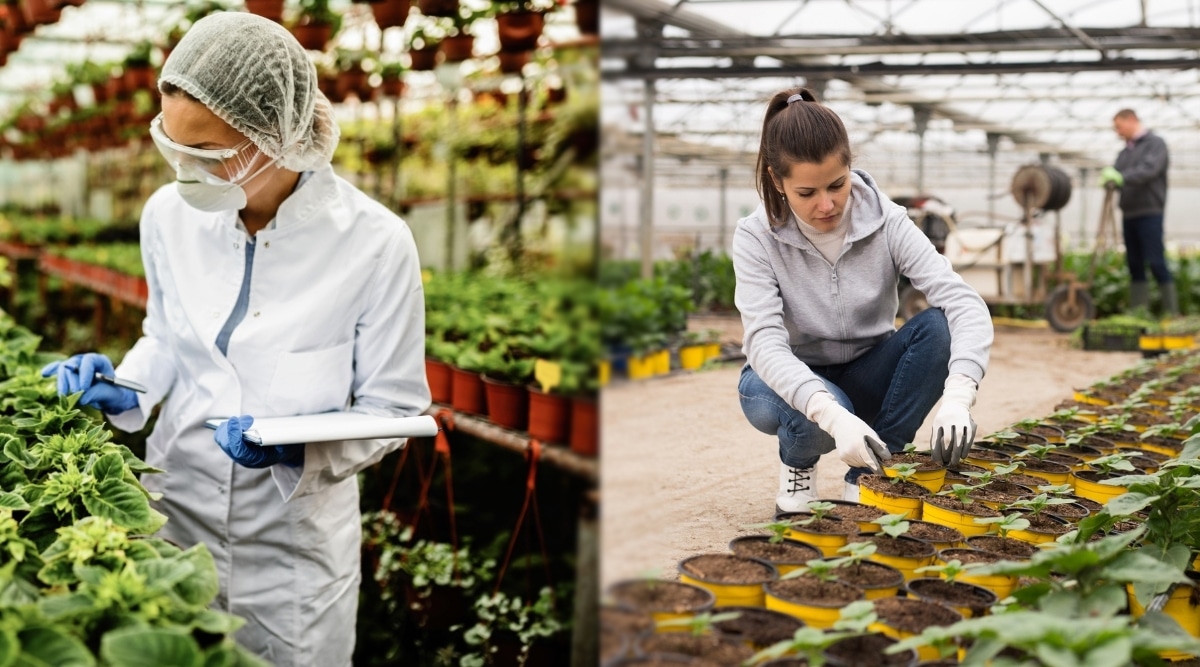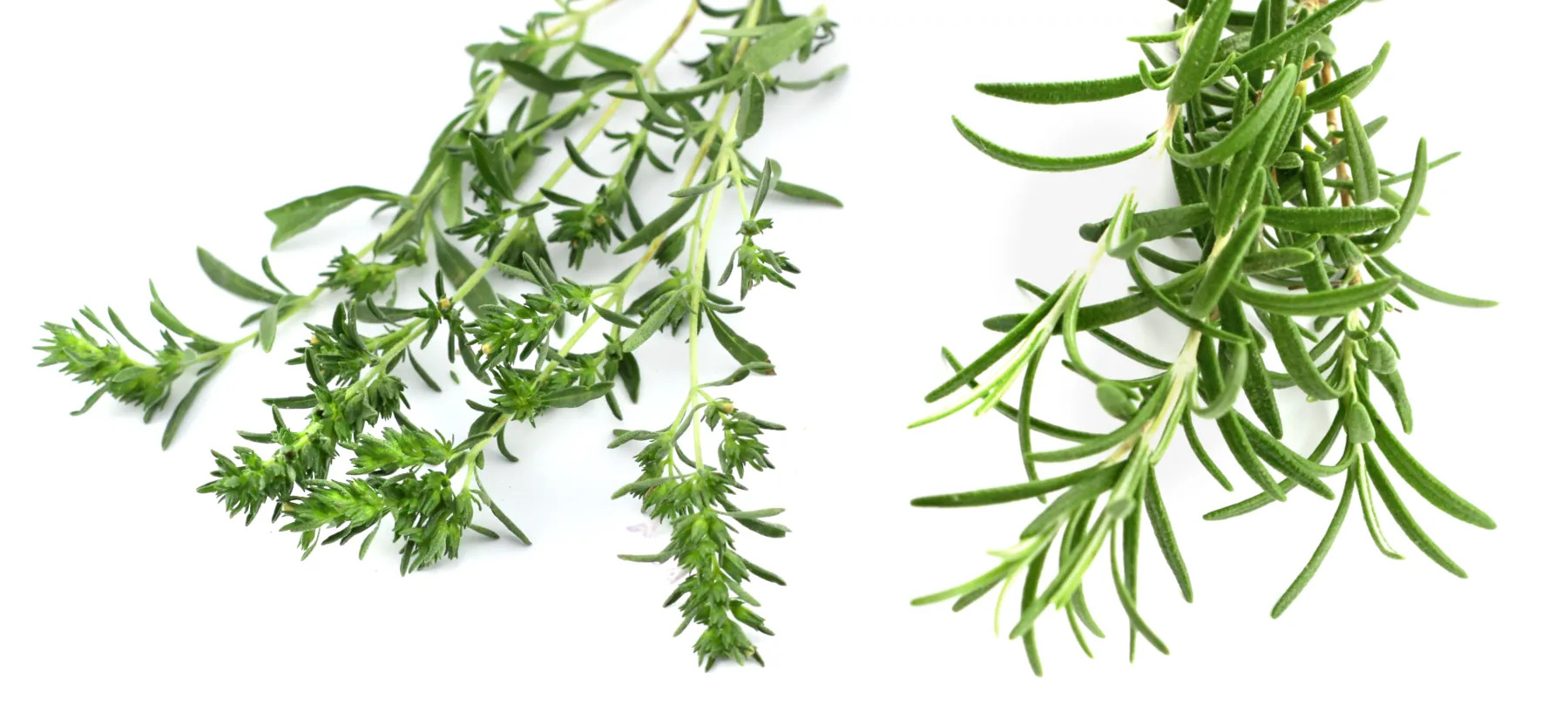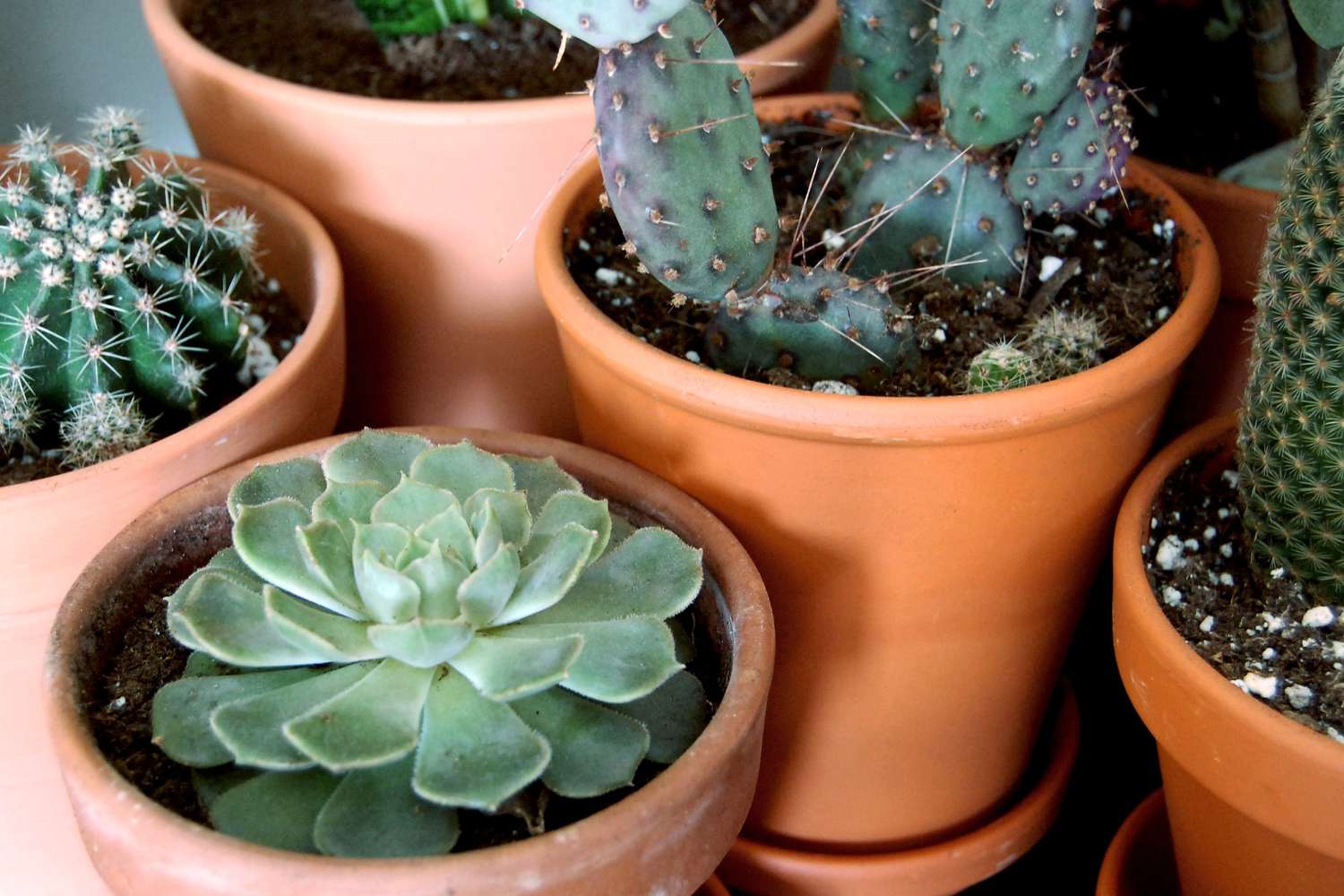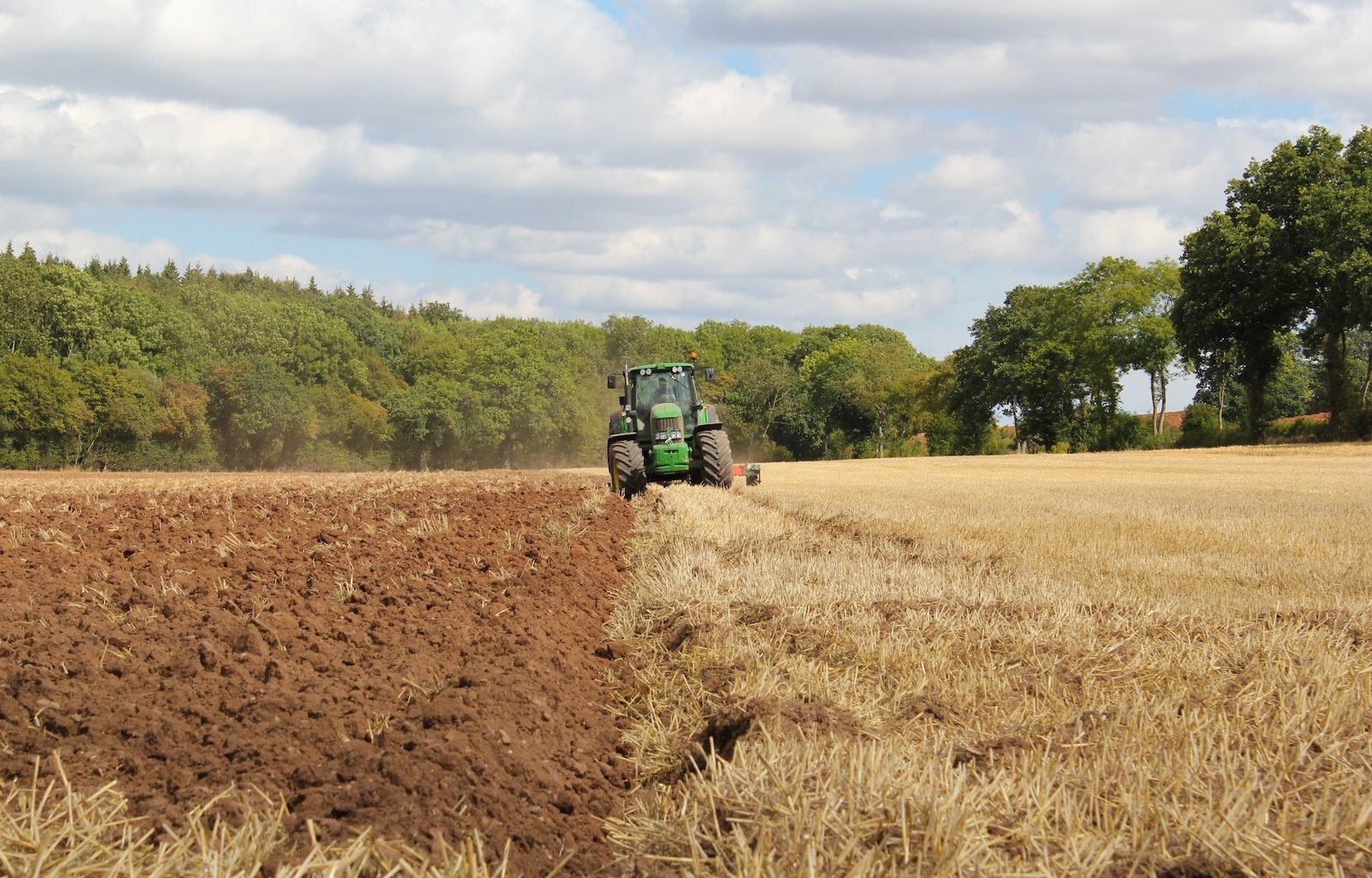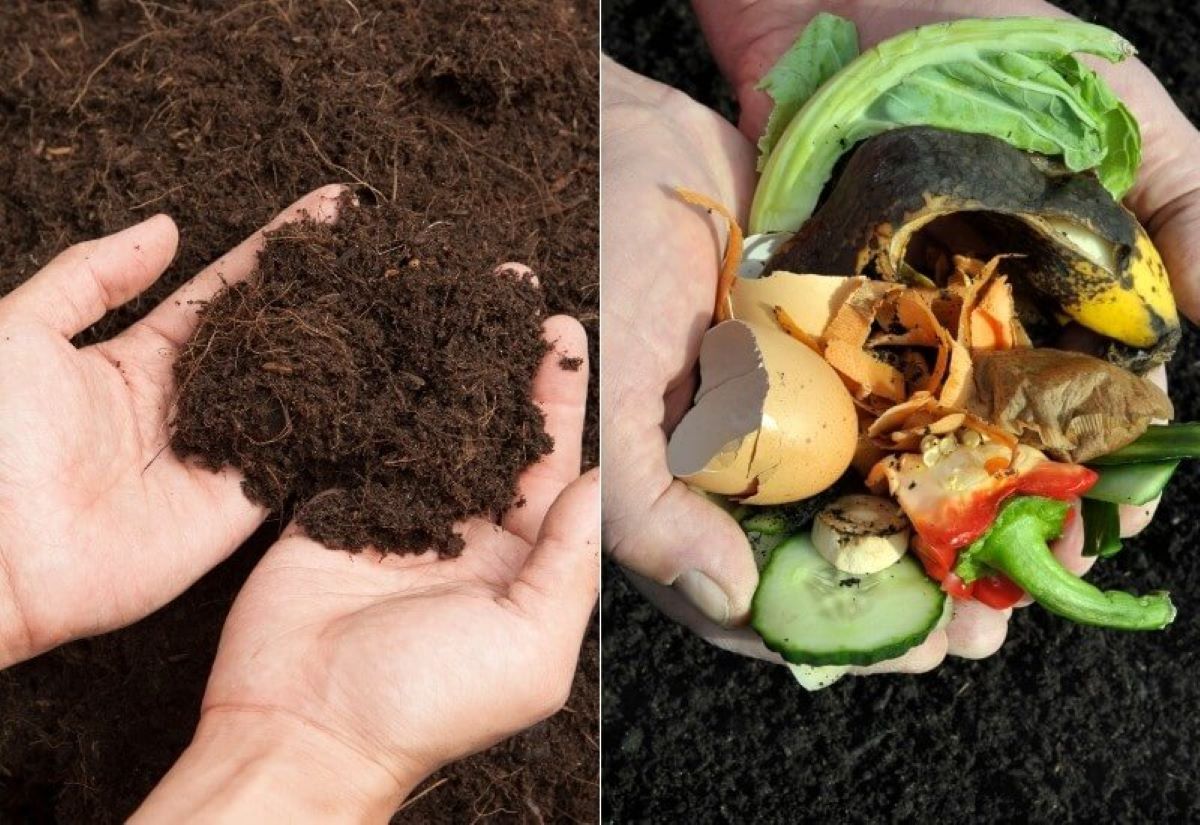Home>Gardening News and Trends>Gardening Trends>What Is The Distinction Between Soil Structure And Soil Texture?


Gardening Trends
What Is The Distinction Between Soil Structure And Soil Texture?
Published: February 10, 2024
Learn about the difference between soil structure and soil texture in gardening trends. Understand how they impact plant growth and soil health.
(Many of the links in this article redirect to a specific reviewed product. Your purchase of these products through affiliate links helps to generate commission for Chicagolandgardening.com, at no extra cost. Learn more)
Table of Contents
Introduction
Understanding the composition and characteristics of soil is fundamental to successful gardening. Soil serves as the foundation for plant growth, providing essential nutrients, support, and water retention. Two key components that play a crucial role in determining soil quality are soil structure and soil texture. While these terms are often used interchangeably, they refer to distinct aspects of soil composition. By comprehending the differences between soil structure and soil texture, gardeners can make informed decisions about soil management, irrigation, and plant selection.
Soil structure pertains to the arrangement of soil particles and the spaces between them. It encompasses the organization of soil into aggregates or clumps, which influences aeration, drainage, and root penetration. On the other hand, soil texture relates to the relative proportions of sand, silt, and clay particles in the soil. This aspect determines the soil's ability to retain moisture, its drainage capacity, and its fertility. While both soil structure and soil texture are integral to soil health, they represent distinct characteristics that necessitate individual consideration.
In the following sections, we will delve into the precise definitions of soil structure and soil texture, highlighting their respective features and significance. By elucidating the disparities between these two components, we aim to equip gardeners with the knowledge needed to optimize soil conditions and foster thriving plant life. Understanding the nuanced distinctions between soil structure and soil texture is paramount for cultivating a deeper appreciation of the intricate dynamics at play beneath the surface.
Definition of Soil Structure
Soil structure refers to the spatial arrangement and organization of soil particles into aggregates or clusters. These aggregates are bound together by various agents, including organic matter, clay particles, and fungal hyphae, forming distinct shapes and sizes within the soil matrix. The formation of soil aggregates creates pore spaces, which are essential for air and water movement within the soil profile. These pore spaces also facilitate root growth and microbial activity, contributing to the overall health and fertility of the soil.
The arrangement of soil particles into aggregates gives rise to different types of soil structures, such as granular, blocky, prismatic, platy, and columnar. Each of these structures exhibits unique characteristics that influence the soil’s porosity, permeability, and water retention capacity. For instance, granular soil structure, characterized by well-defined, rounded aggregates, promotes good drainage and root development due to its high porosity. In contrast, platy soil structure, which consists of thin, horizontal layers, often impedes water movement and root penetration, leading to poor aeration and drainage.
Soil structure is influenced by a myriad of factors, including the composition of soil particles, the presence of organic matter, the activities of soil organisms, and the impact of external forces such as compaction and tillage. Healthy soil structure is indicative of a well-aerated, well-drained soil that can support robust plant growth. Conversely, poor soil structure, often resulting from compaction or excessive tillage, can lead to waterlogging, reduced root development, and diminished microbial activity.
In essence, soil structure plays a pivotal role in determining the physical properties of the soil, affecting its ability to retain water, resist erosion, and support plant roots. By understanding the intricacies of soil structure, gardeners can implement appropriate soil management practices to enhance soil tilth and create an optimal environment for plant growth and vitality.
Definition of Soil Texture
Soil texture refers to the relative proportions of sand, silt, and clay particles in a given soil. These mineral particles vary in size, with sand being the largest, followed by silt, and then clay, which is the smallest. The composition of these particles in the soil matrix influences several critical soil properties, including water-holding capacity, drainage, aeration, and nutrient retention. Understanding soil texture is essential for assessing and managing soil fertility, as it directly impacts the soil’s ability to support plant growth and sustain healthy ecosystems.
Sand particles are relatively large and provide ample pore spaces within the soil, allowing for rapid drainage but offering lower water and nutrient retention. Silt particles are smaller than sand and possess moderate water retention capabilities, contributing to improved fertility. Clay particles, being the smallest, have high water and nutrient retention capacities, but they also lead to slow drainage and potential compaction. The combination of these particles in varying proportions gives rise to different soil textures, namely sandy, loamy, and clayey soils, each with distinct characteristics and implications for plant cultivation.
Soil texture classification is based on the percentages of sand, silt, and clay present in the soil. The textural class of a soil, such as sandy loam, clay, or silty clay, provides valuable insights into its physical and chemical properties. For instance, sandy soils, characterized by a high proportion of sand particles, tend to be well-drained but may require frequent irrigation and enhanced nutrient management due to their lower water and nutrient retention. In contrast, clayey soils, with a higher clay content, exhibit strong water and nutrient retention but may experience drainage issues and compaction.
Soil texture profoundly influences agricultural practices, irrigation strategies, and soil amendment decisions. By understanding the textural composition of the soil, gardeners and farmers can tailor their approaches to optimize soil fertility, water management, and overall productivity. Moreover, soil texture serves as a crucial determinant in selecting suitable plant species and cultivars that can thrive in specific soil types, thereby contributing to successful gardening and sustainable agricultural practices.
Differences Between Soil Structure and Soil Texture
While both soil structure and soil texture are integral components of soil composition, they differ in terms of their defining characteristics and influences on soil properties. Understanding the distinctions between these two aspects is essential for comprehending the diverse dynamics at play within the soil profile and their implications for plant growth and ecosystem sustainability.
- Nature and Composition: Soil structure pertains to the arrangement of soil particles into aggregates or clumps, along with the spaces between these aggregates. It encompasses the organization and connectivity of soil particles, affecting aeration, drainage, and root penetration. In contrast, soil texture refers to the relative proportions of sand, silt, and clay particles in the soil matrix, influencing water retention, drainage, and nutrient availability.
- Physical Characteristics: Soil structure is characterized by the formation of distinct aggregates, which contribute to the soil’s porosity, permeability, and stability. The arrangement of these aggregates influences the soil’s ability to hold water, resist compaction, and support root development. On the other hand, soil texture determines the soil’s textural class, such as sandy, loamy, or clayey, based on the percentages of sand, silt, and clay present. This classification reflects the soil’s water-holding capacity, drainage characteristics, and nutrient retention.
- Formation and Modification: Soil structure is influenced by various factors, including organic matter content, soil organisms, compaction, and tillage practices. The formation of soil aggregates can be enhanced through the addition of organic amendments, reduced tillage, and minimizing soil compaction. In contrast, soil texture is inherent to the mineral composition of the soil and is relatively stable over time, although it can be modified through the addition of soil amendments to improve its fertility and physical properties.
- Impacts on Plant Growth: Soil structure directly affects root penetration, aeration, and water movement within the soil, influencing the overall health and vigor of plants. Well-structured soil promotes robust root development and facilitates the exchange of gases and nutrients. Conversely, soil texture influences the availability of water and nutrients to plants, as well as the soil’s capacity to support diverse plant species based on their adaptability to specific textural classes.
By discerning the disparities between soil structure and soil texture, gardeners and land managers can implement targeted soil management practices to optimize both components, fostering healthy soil conditions and maximizing the potential for successful plant cultivation and ecosystem resilience.
Importance of Understanding Soil Structure and Texture
Comprehending the intricacies of soil structure and texture is paramount for gardeners, farmers, and land managers, as it directly impacts soil fertility, plant growth, and environmental sustainability. By gaining insights into these fundamental aspects of soil composition, individuals can make informed decisions regarding soil management practices, crop selection, and ecosystem conservation, thereby optimizing agricultural productivity and promoting soil health.
- Optimizing Soil Fertility: Understanding soil structure and texture enables the implementation of targeted soil amendment strategies to enhance fertility. By improving soil structure through the addition of organic matter and minimizing compaction, gardeners can create an environment conducive to beneficial microbial activity and nutrient cycling. Similarly, knowledge of soil texture allows for tailored nutrient management and irrigation practices, ensuring that plants receive the necessary elements for healthy growth based on the soil’s water-holding capacity and nutrient retention.
- Facilitating Plant Selection: Awareness of soil texture classifications empowers gardeners to select plant species and cultivars that are well-suited to specific soil types. Different plants thrive in varying soil textures, and understanding these preferences aids in creating harmonious garden designs and promoting the successful establishment of diverse plant communities. Moreover, knowledge of soil structure informs the selection of plants based on their adaptability to different soil aggregation patterns and root penetration capabilities.
- Preventing Environmental Degradation: By recognizing the impact of soil structure and texture on erosion control, water management, and ecosystem resilience, individuals can employ conservation practices to mitigate environmental degradation. Well-structured soil with good aggregation and stability is less prone to erosion, preserving valuable topsoil and preventing sediment runoff into water bodies. Additionally, understanding soil texture aids in managing irrigation efficiently, reducing water waste, and minimizing the leaching of nutrients into surrounding ecosystems.
- Enhancing Soil Health and Productivity: Through informed soil management practices that address both structure and texture, the overall health and productivity of the soil can be enhanced. Well-structured, well-textured soil promotes beneficial biological activity, root proliferation, and the efficient uptake of water and nutrients by plants. This, in turn, supports vigorous plant growth, improved crop yields, and the long-term sustainability of agricultural and horticultural endeavors.
Ultimately, a deep understanding of soil structure and texture empowers individuals to cultivate thriving gardens, sustain productive agricultural systems, and contribute to the preservation of healthy ecosystems. By leveraging this knowledge to optimize soil conditions and promote sustainable land stewardship, gardeners and land managers play a vital role in nurturing the vitality and resilience of the natural world.
Conclusion
In conclusion, soil structure and soil texture are foundational elements that profoundly influence the health, productivity, and sustainability of soil ecosystems. By recognizing the distinct attributes of soil structure, which encompass the arrangement of soil particles into aggregates and the spaces between them, and soil texture, which delineates the relative proportions of sand, silt, and clay particles, individuals can make informed decisions regarding soil management, plant selection, and environmental conservation.
Understanding the differences between soil structure and texture is essential for optimizing soil fertility, facilitating plant selection, preventing environmental degradation, and enhancing overall soil health and productivity. By leveraging this knowledge to implement targeted soil management practices, individuals can create environments that support robust plant growth, sustainable agricultural production, and the preservation of healthy ecosystems.
Ultimately, the profound impact of soil structure and texture underscores the importance of nurturing and stewarding these fundamental components of the natural world. By cultivating a deep appreciation for the intricate dynamics at play beneath the surface, gardeners, farmers, and land managers contribute to the resilience and vitality of our shared environment, fostering a legacy of sustainable stewardship for future generations.
